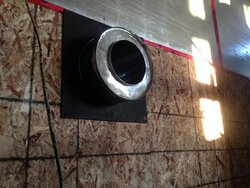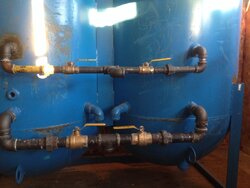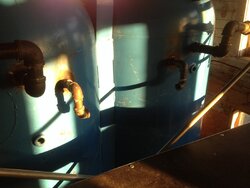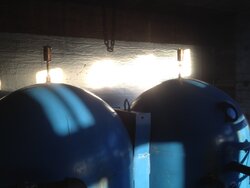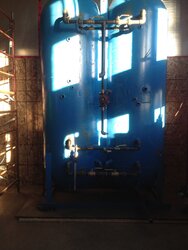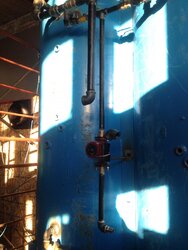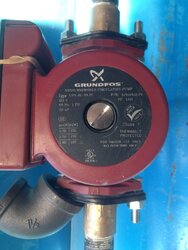stee6043
Minister of Fire
Am I missing a pump in my proposed diagram? I have a boiler circulation within the thermostatic vale, but should I have one for the storage loop without going through the boiler?
I use a second pump to run my HX loop from storage in addition to the primary circ controlled by the boiler. You will need two pumps to run storage with a cold boiler since your primary circ pump will be on the wrong side of your mixing valve when it starts to close.



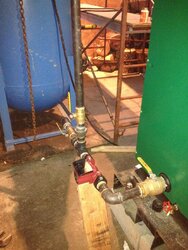
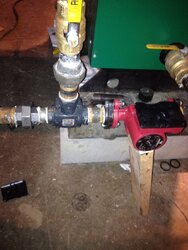
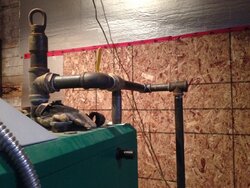
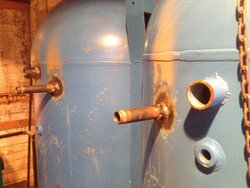
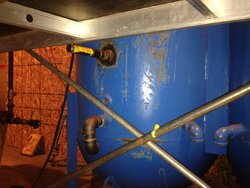
 )
)